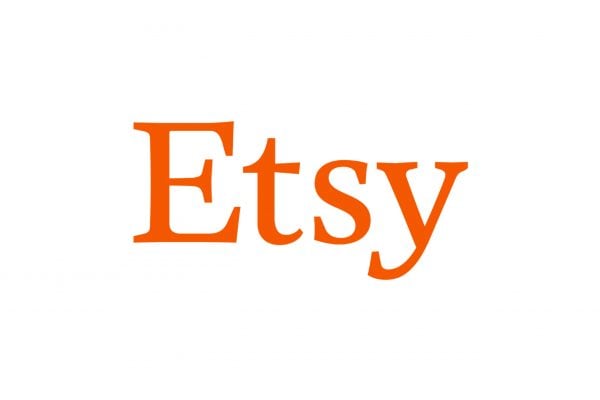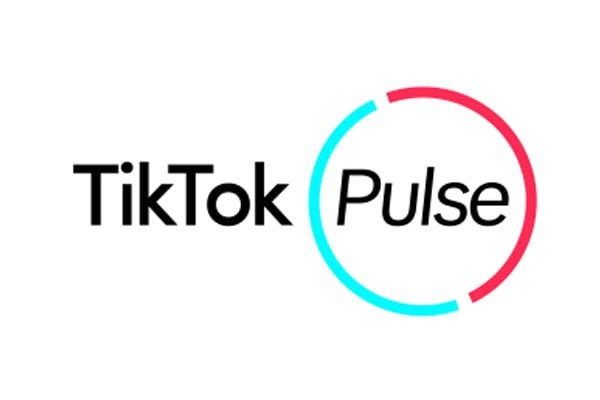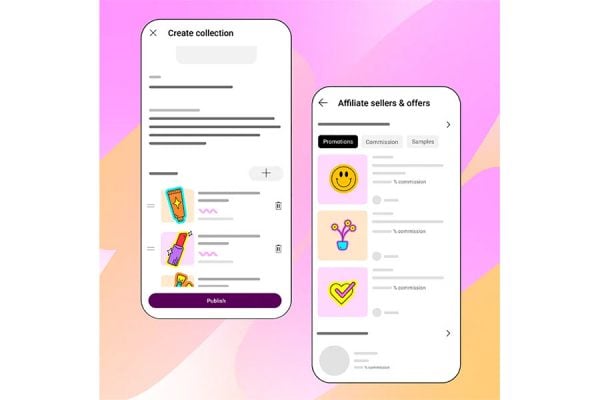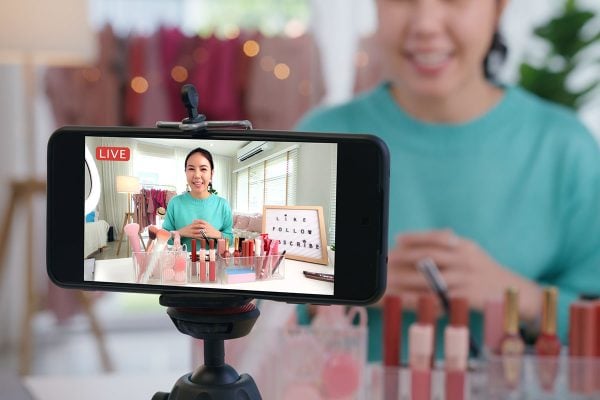Advertising can be an effective way to reach a new audience and increase sales, but it’s helpful to test the waters before diving in. Investing time and money up front to test which of your products perform best, and what kind of return you can expect – can give the insight to optimise your ad campaign for long-term success. Here is a how-to guide on honing your advertising strategy on Etsy:
1: Choose which products to advertise
Best-selling items
These products are already bringing people to your shop, so there’s a good chance they’ll perform well when you advertise them to a whole new group of potential customers. If you sell vintage or one of a kind items, choose listings that best represent the types of items you sell most frequently.
New products
Launching a new product line? Rather than relying on organic traffic and waiting to see which products shoppers like best, you can use an advertising test to more quickly learn which items are most enticing to shoppers and which items convert at the best rate.
The goal of this advertising test is to help you figure out your long-term advertising strategy, so it’s best to avoid products that you plan to phase out of your inventory.
Set an ad budget
Advertising platforms like Google use your budget to ‘bid’ on search terms that match your product. When people looking for a product like yours type those search terms into Google, they’ll see your ad. You only pay when a shopper actually clicks on your ad and visits your listing.
It is recommended by Etsy to set a minimum daily budget of at least $3 a day (or about $90 a month), if possible. Assuming you have a conversion rate of at least 2% to 3%, you should plan to run your test until you’ve had at least 100 clicks from your ads. That way, you will likely get at least a few sales from your advertisements, so you can start to see what’s working.
It can take up to 30 days or longer to get enough results, so keep that in mind as you’re deciding how much to spend. In general, the more you spend, the more visits you’ll receive and the faster you’ll be able to see which listings are performing best.
Check your performance and make adjustments
Which listings are getting the most views?
If a listing is getting a lot of views, it likely means shoppers are finding the photo, title, and price appealing, which is a very good thing.
Are any listings getting lots of views but no sales?
That may be a sign that there’s something keeping shoppers from making a purchase, such as a high shipping price or not enough listing photos. You may want to tweak your listing to increase your chances of making a sale. You can find some pointers on how to do that here.
Have you made any sales from your ads?
If so, congratulations! That means your ads are working, and you’re starting to learn which listings shoppers are most excited about.
If you notice that some of your listings aren’t doing so well, you’ve got some options:
Shift your budget
Stop spending on the items that aren’t performing and put that money behind the listings that are getting more views and sales.
Test other products
If there are other listings you’re interested in testing (an exciting new product line, for example) you can take the budget you were spending on the less-than-stellar listings and put it toward advertising the new listings to see how shoppers respond.
4: Calculate your return
After your test is complete, it’s time to run the numbers and see what you made on your advertising investment. You can do that by dividing the revenue you earned by the amount you spent on your ads.
For instance, let’s say that during your advertising test you spent $90 on advertising, and your ads resulted in nine sales, which totalled $300 in revenue. To calculate your return, you would divide your $300 in revenue by the $90 you spent on advertising ($300/$90 = $3.33). That means for every $1 you spent on advertising, you made $3.33.
Once you know your return, you can use that to estimate what your return would be if you continued to advertise. If your ads are profitable, you can start bumping up your advertising budget to further boost your sales, knowing that you’ll be able to earn a return on the money you invest.
If your ads aren’t profitable, you can try testing other items or try making tweaks to boost your conversion rate and increase your return. The more you test, the more you’ll learn which of your items shoppers find most appealing and how best to use your advertising budget.










One Response
An advertising budget of $1 a day is enough. When i advertise and it recommends $0.28 i stick to $0.05 a click, i still have top placement at lower click cost